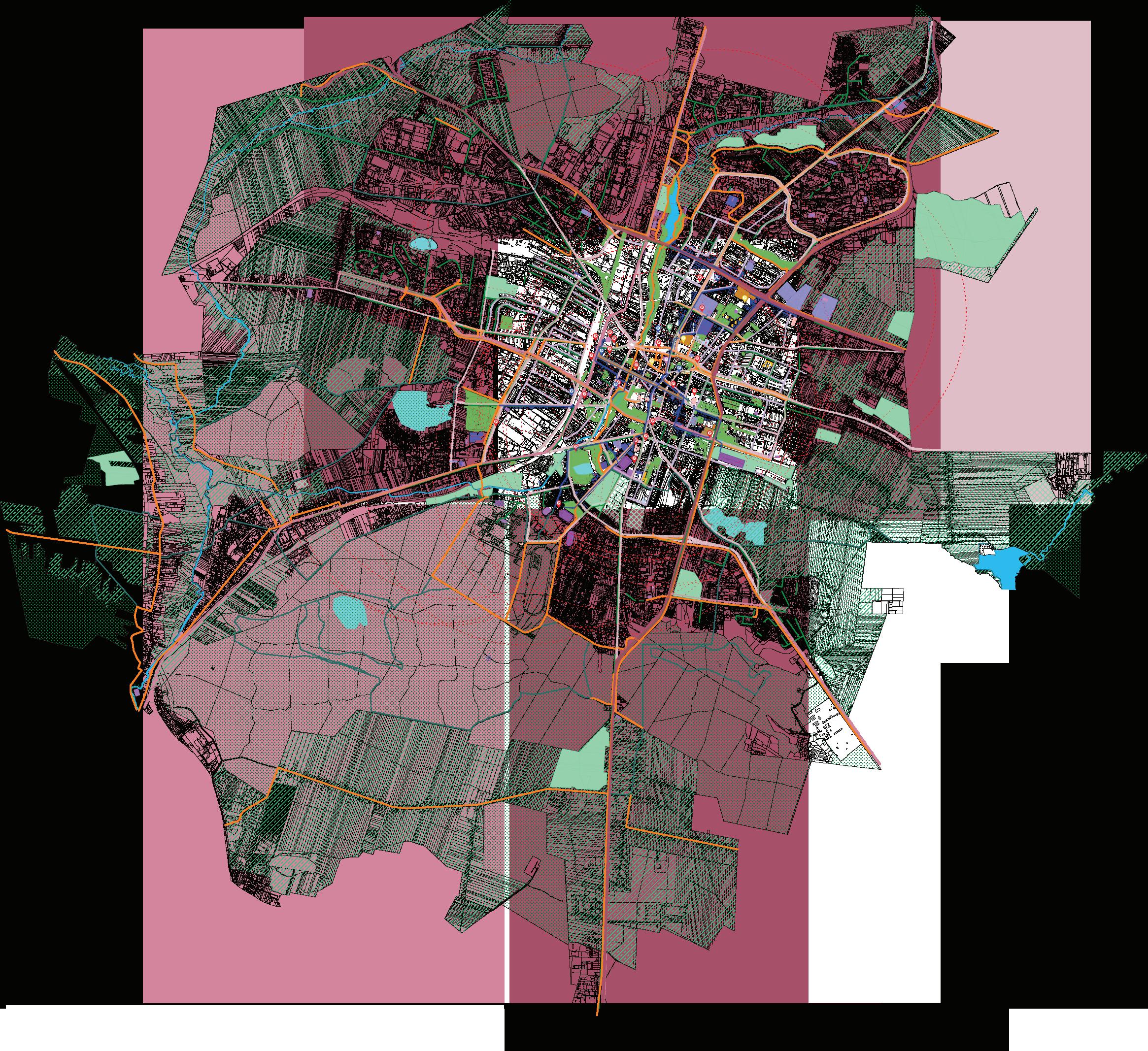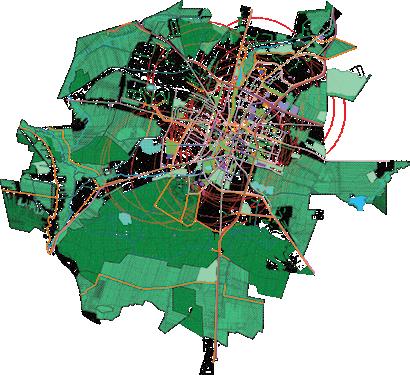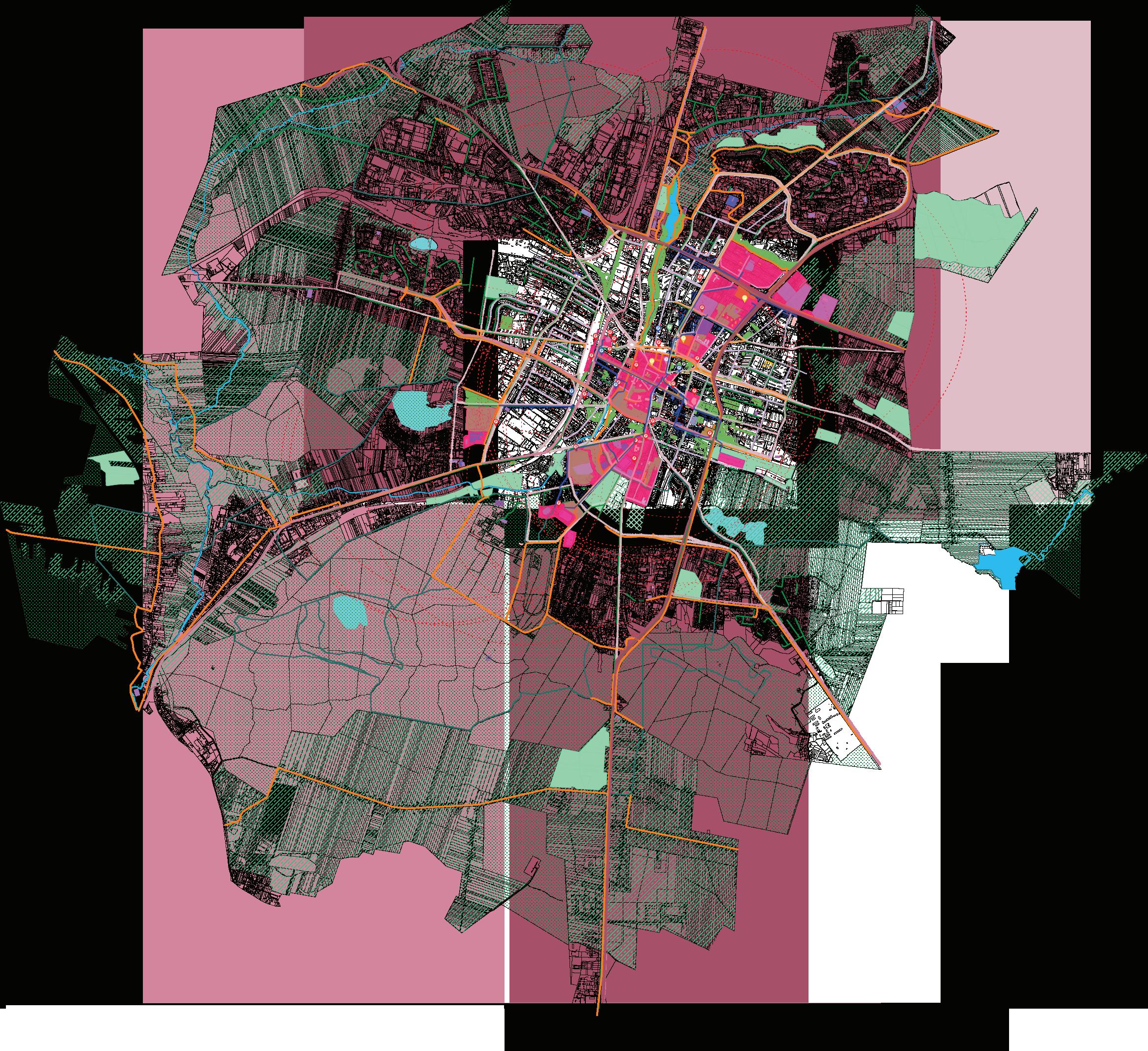KIELCE
A CITY FOR YOUTHS AND YOUNG ADULTS




1. 2.
KIELCE CITY ANALYSIS
3.
LOCAL HUB PROPOSAL
4.
PROPOSED LOCAL HUB ACTIVITIES
5.
PROPOSED NETWORK STRATEGY

INCLUSIVE HOUSING STUDIO is a studio led by Zuzanna Mielczarek and Kacper Kepinski, which focuses on the prevalent issue of the increasingly unaffordable housing market across Central and Eastern Europe. In addition, the market is saturated with private housing, as opposed to public, social housing, making access to good quality, affordable housing for the general population almost impossible .
Therefore, this studio attempts to tackle this topic by analyzing various groups of people affected by this housing crisis. The groups include:
1. People experiencing homelessness
2. Ethnic and national minorities
3. Refugees
4. Multigenerational group
5. Young adults
This project focuses on young adults who have limited or minimal access to affordable housing , due to various reasons, such as leaving the foster care system and seeking stable employment as a fresh graduate. The goal is to create an urban planning strategy of social spaces for youths and young adults in Kielce, Poland, to create a sense of community among an important, but often overlooked group of people in society .
As of the year 2021, there are
186,894
making it the 18th most populated city in Poland
According to the data available, the gender distribution is relatively even, with slightly more female than male. In terms of age, the population mainly consists of working adults (30 - 39 years old), closely followed by older generation of people from 50 - 69 years old and young adults (20 - 29 years old).

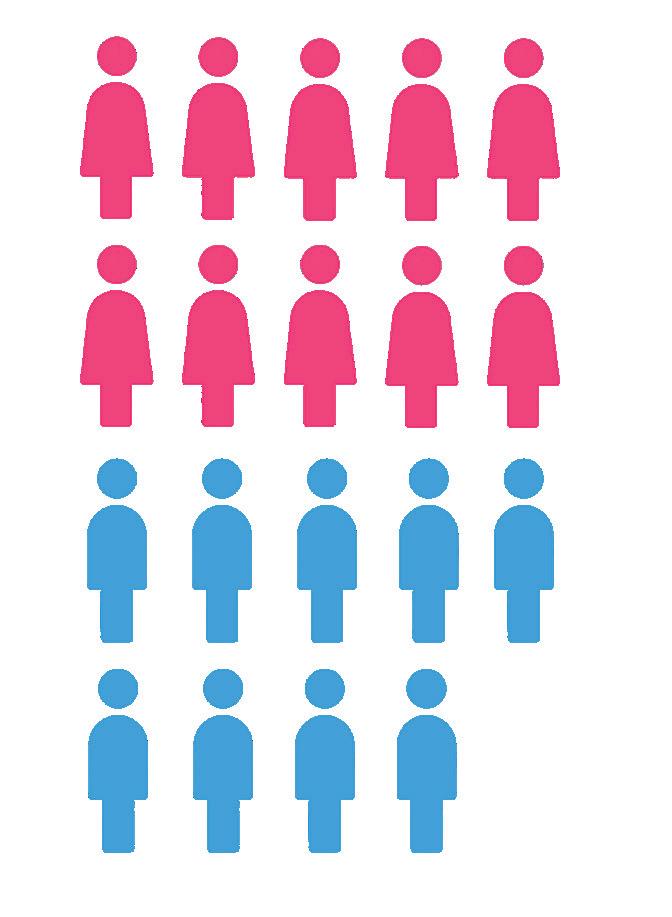
The population of Kielce has been on the decline from 2015 and is projected to continue to decrease to 157,856 in 2035.
This is a roughly 18.5% decrease in population from 2015.
Despite the increase in post-working age population over the decade, it is countered by the decrease in working age population. And by 2050, it is predicted that at least 30% of the Polish population will be senior citizens .
The negative trend in population growth are due to multiple factors, but are generally linked to two main reasons:
1. Emmigration of young adults in hopes of securing better opportunities
2. Low birth rates, as people become more career driven and may choose to have children at a much later age.
https://notesfrompoland.com/2022/04/01/polands-new-census-shows-that-a-demographic-crisis-is-already-with-us/
Source: https://kielce.stat.gov.pl/cps/rde/xbcr/kielce/ASSETS_12p_04_eng.pdf
While the trend may show a negative decrease of population in Poland, with emmigration of young adults as one of the main reasons, it should also be noted that due to the current economic situation , this factor may not necessarily be the case.
Many young adults have chosen to return home or opted to stay or move to a smaller, mid-sized cities due to various reasons, such as the exponentially increasing housing proce and general cost of living and the competitive job market. Therefore, it is essential to ensure that these regional capitals or medium-size cities, like Kielce, adapt itself to remain relevant and to cater to the needs of youths and young adults, as they are our next generation.
Source: https://kielce.stat.gov.pl/cps/rde/xbcr/kielce/ASSETS_12p_04_eng.pdf https://warszawa.stat.gov.pl/en/publications/others/generation-of-young-adults-living-with-their-parents-in-poland,31,1.html
While youths and young adults (18 - 24 years old) do not form the majority of the population in Kielce, they are an essential age group of any society. This is the critical period in life where they are transitioning from being a highschool students into university students or working adults. Therefore, it is important to ensure that there is a suitable environment that caters to the proper development of youths and young adults.
According to the National Library of Medicine, 18 - 24 years olds are more likely to experience cognitive and emotional changes, as they are trying to navigate through becoming more independent from their families and exploring a new period of life. In addition to these changes, the reality is that, young adults are in fact one of the most likely groups of people to experience homelessness and also often experience discrimination when applying for private or social housing.
A proper self-development of youths and young adults fall into two categories, the public and the private realms , ensuring that there are social activities, programs and facilities targeted for this group of people, while also providing access to affordable, stable and secure housing. This helps to foster the growth and development of all aspects of their lives.
The early stages of the city’s development, the city scape was prominantly religious buildings, as it was the main core of the city and people’s lives. Renaissance and baroque style architectures filled the city’s panorama with a heavy focus on craftsmanship and details. In addition, due to the city’s location along the Warsaw - Krakow rail line, it quickly developed into a major industrial center, which special -

Kielce is surrounded by the Holycross mountain, which had a lot of natural deposits of limestone, marble, marls and dolomites.
Before Christianity arrived, it was also the site to many formations of religious activities. Thus, the city developed around mining culture and religious life.
The palace was later transformed into the Main Directorate of Mining and then the Mining Academy, Poland’s first technical univerisity.
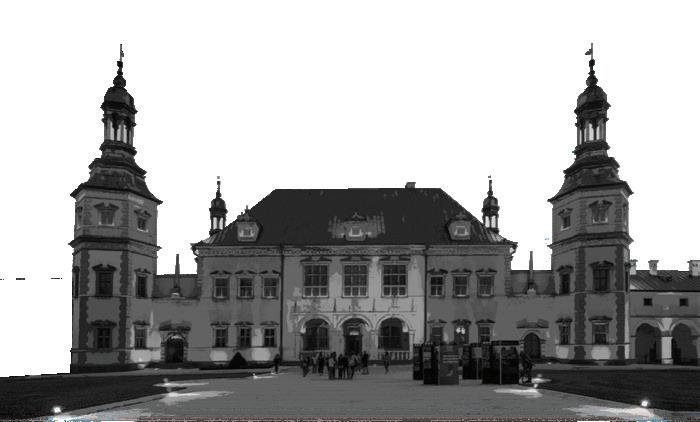
Initially the residence of Krakow Bishops in Kielce (1937 - 1941).
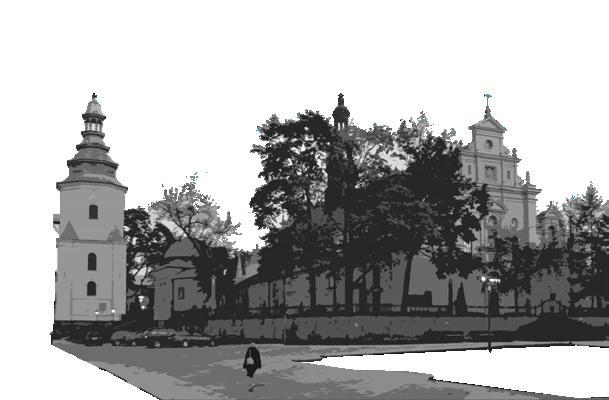
Designed in a baroque style and integrated the “principles of Italian symmetry” - central loggia and towers on the side
Currently the National Museum in Kielce and houses many important Polish paintings and European decorative art.
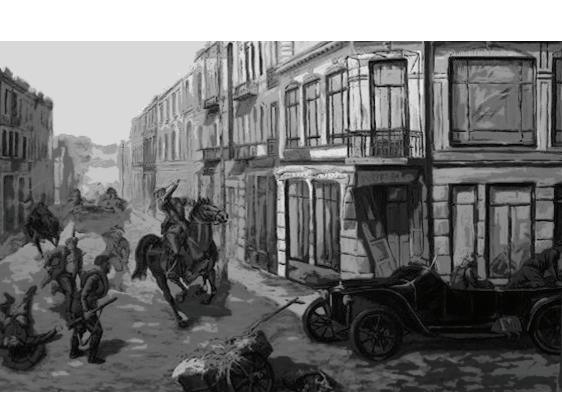
During this period, the city went through a lot of devastating transformation. In terms of infrastructure, many buildings, plants and railway stations were destroyed, resulting in deaths, lack hygiene, electricity and water throughout the city. Several extermination camps were also stationed in Kielce.
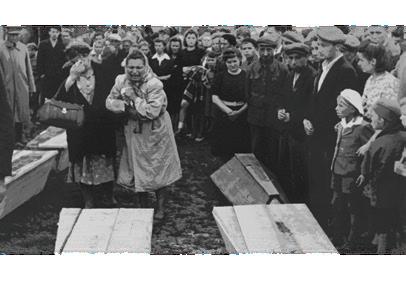
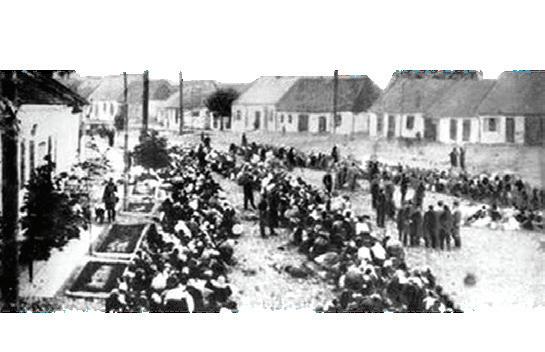
Source: https://ipn.gov.pl/en/brief-history-of-poland
https://echodnia.eu/swietokrzyskie/jak-kielce-witaly-strzelcow-tak-pisali-o-wydarzeniach-1914-roku-kielczanie-i-jozef-pilsudski/ar/8494678
devastating plants
lack of Several
Large , standard panel housing were developing and spreading throughout the entire city.
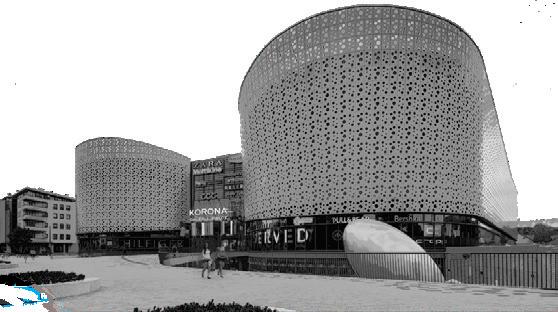
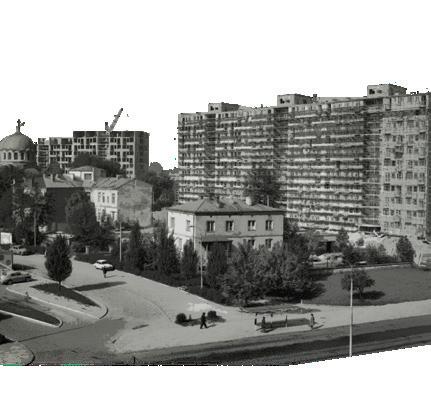
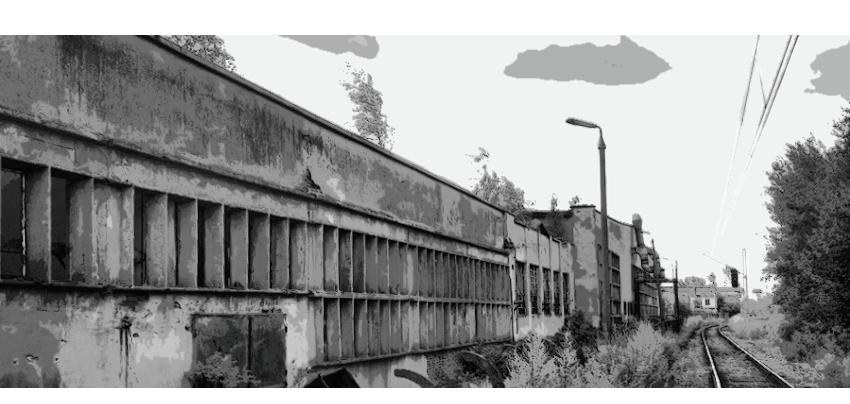
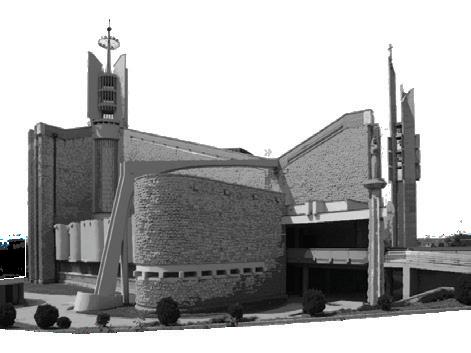
To combat the wide spreading of panel housing, that left the cityscape looking very repetitive and monotonous, the concept of pluralism in spatial form was introduced to the city. This put a new focus on shared spaces, co-existence of multiple concepts of design and spaces. There was also an emphasis placed on simple forms and designs with local materials, a nod to Kielce’s culture, tradition and history.
https://echodnia.eu/swietokrzyskie/jak-kielce-witaly-strzelcow-tak-pisali-o-wydarzeniach-1914-roku-kielczanie-i-jozef-pilsudski/ar/8494678 https://iopscience.iop.org/article/10.1088/1757-899X/471/7/072007/pdf

 Abandoned and destroyed metal production plant
Church of St. Joseph the Worker
Church of Blessed
Jerzy Matulewicz Galeria Korona
Abandoned and destroyed metal production plant
Church of St. Joseph the Worker
Church of Blessed
Jerzy Matulewicz Galeria Korona
Kielce -- Warsaw
Kielce -- Sanok
While Kielce is not a large, metropolitan city, like Warsaw, it is a mid-sized city with a busy domestic train and bus stations.
The map shows the most popular or commonly traveled routes in and out of Kielce
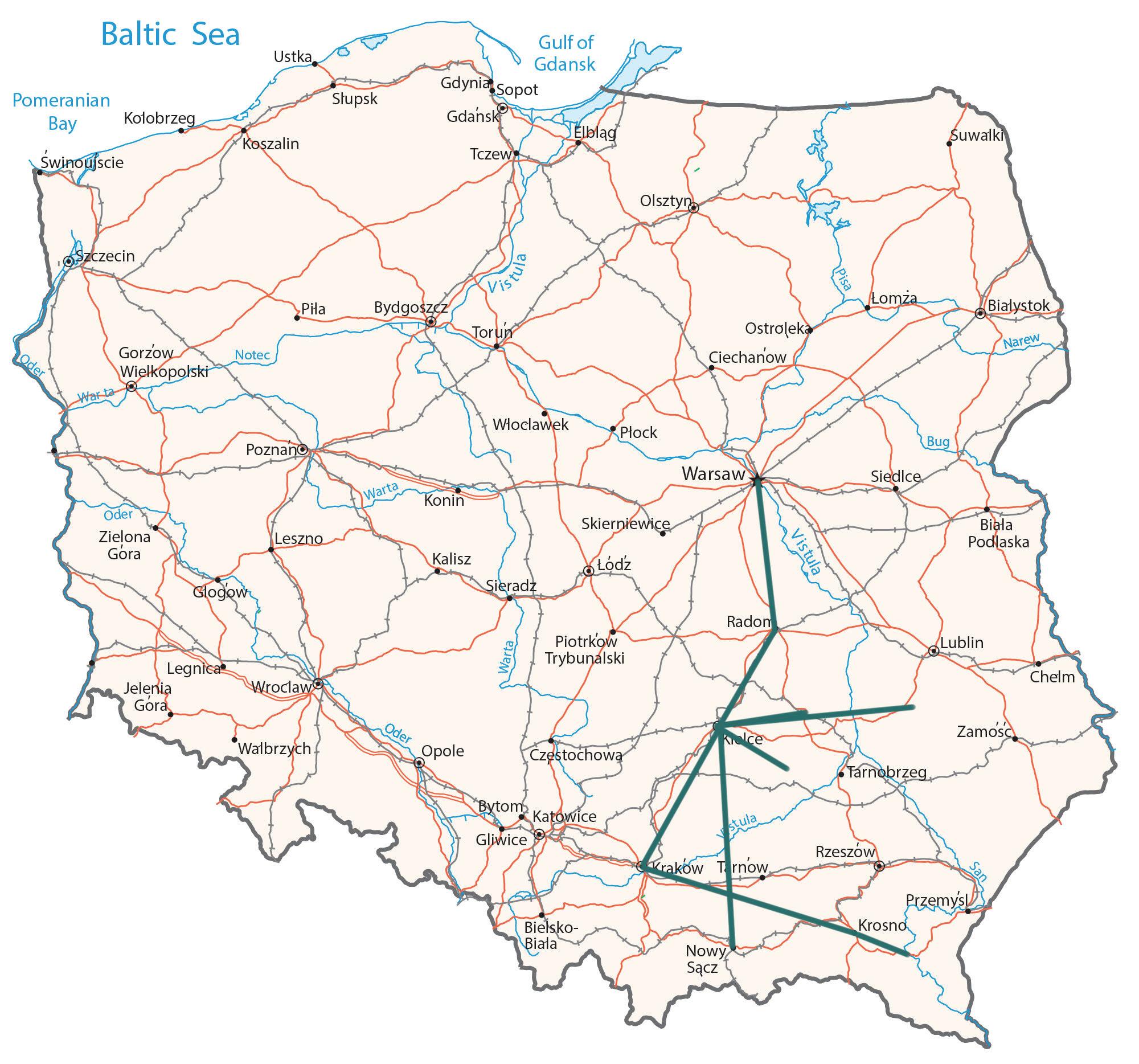
Kielce -- Radom
Kielce -- Ostrowiec Swietokrzyski
Kielce -- Staszow
Kielce -- Nowy Sacz
Kielce -- Krasnik
Przemysl -- Kielce
Krakow -- Kielce
Staszow -- Kielce
Krynica-Zdrój -- Kielce
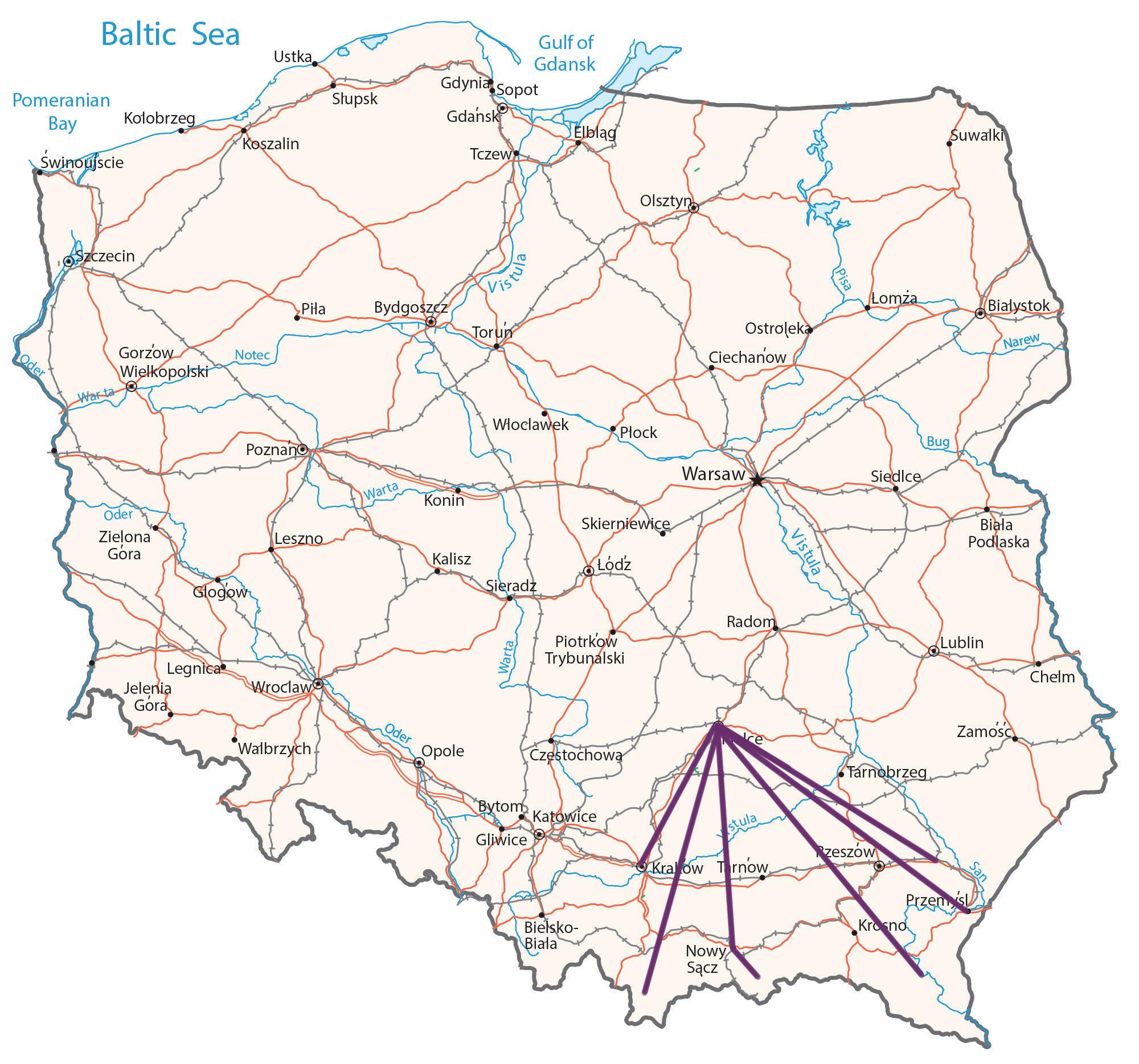
Jaroslaw -- Kielce
Lesko -- Kielce
Zakopane -- Kielce
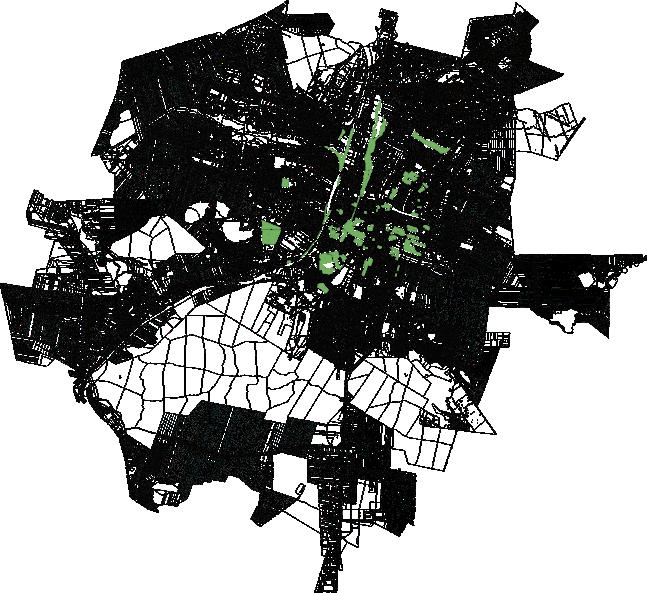
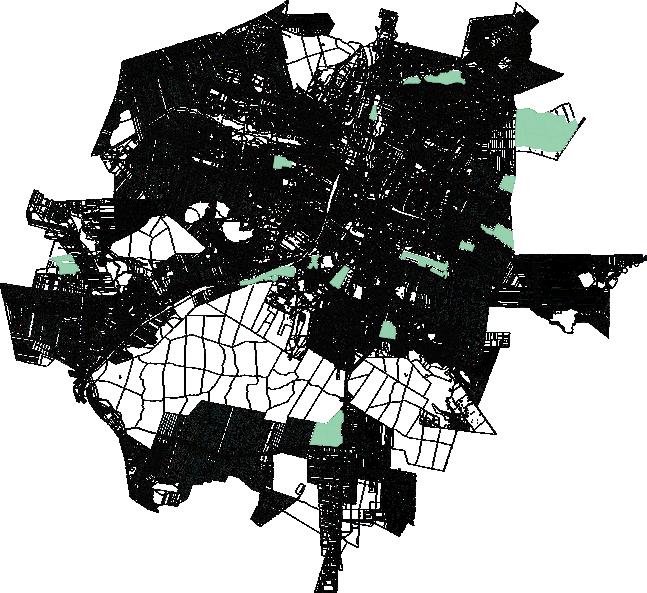
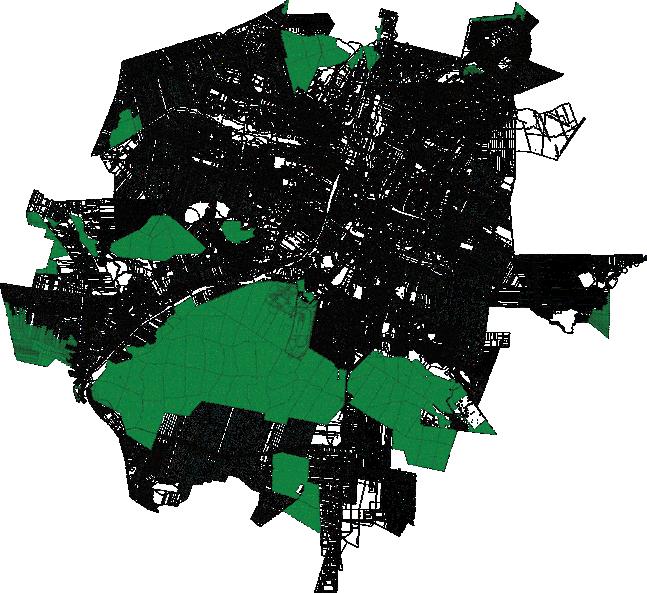
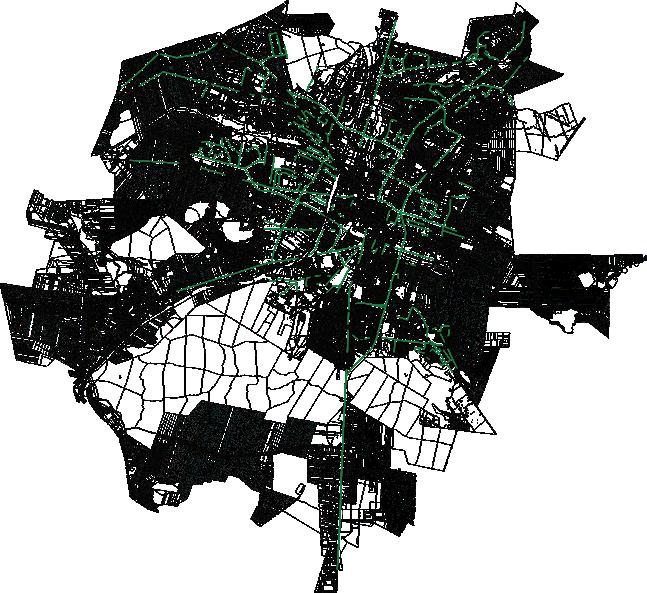
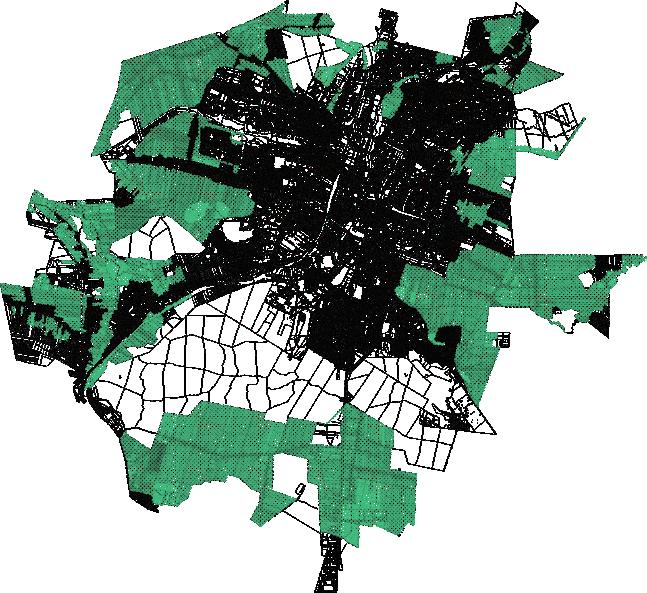
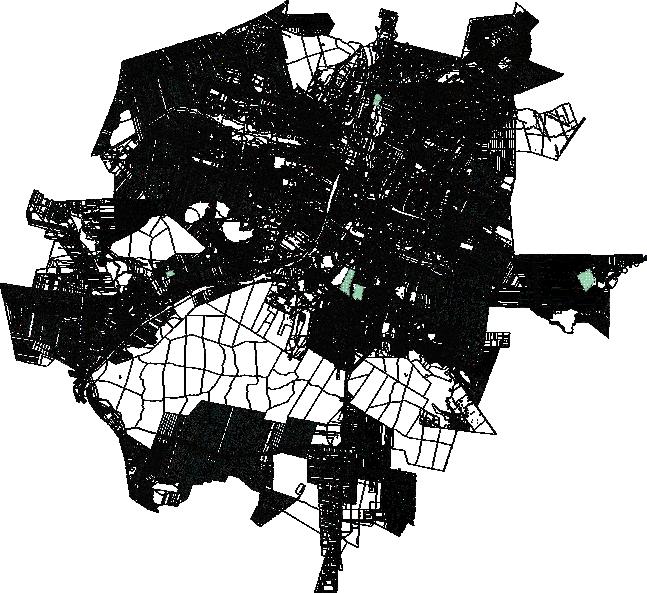
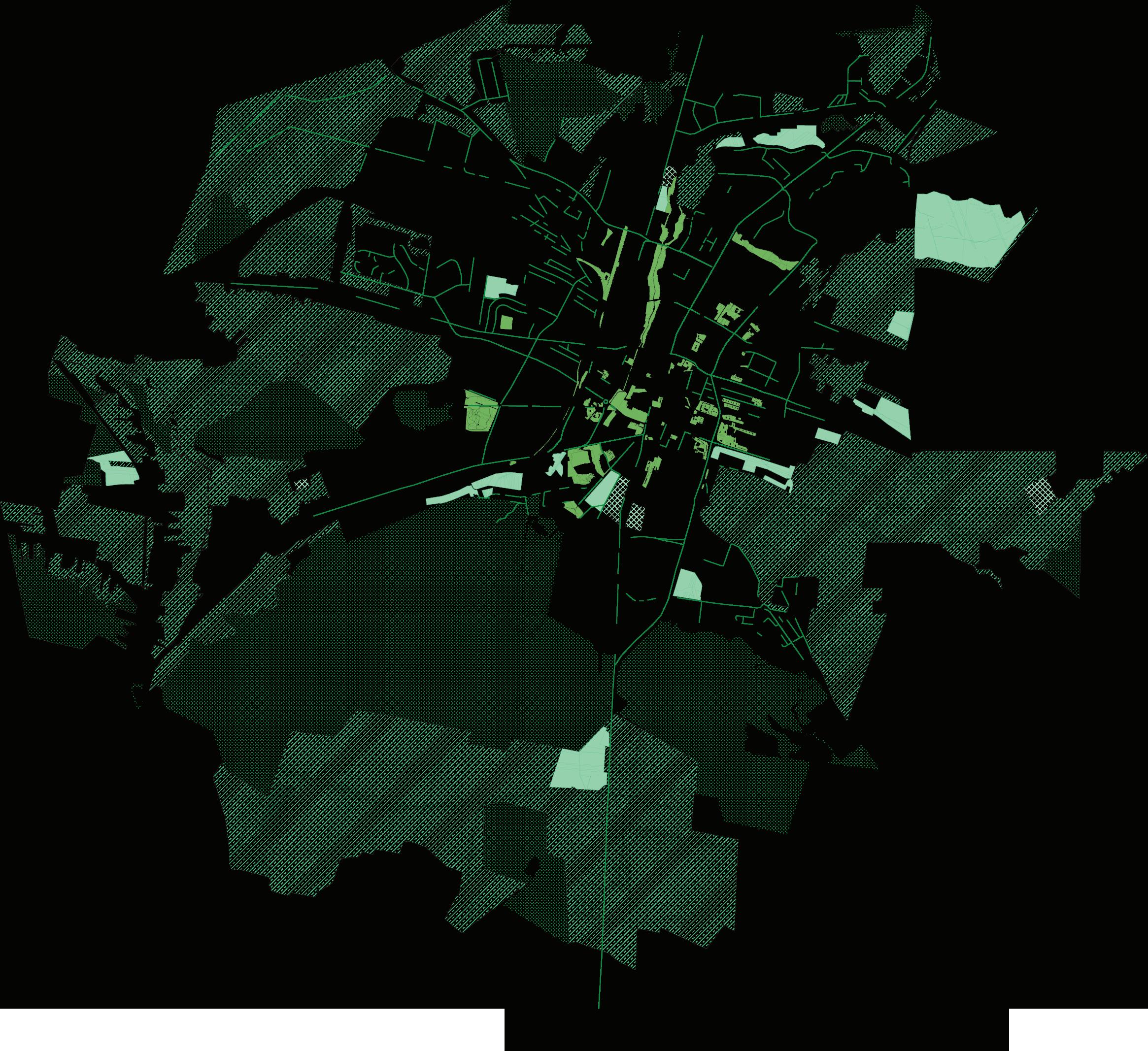
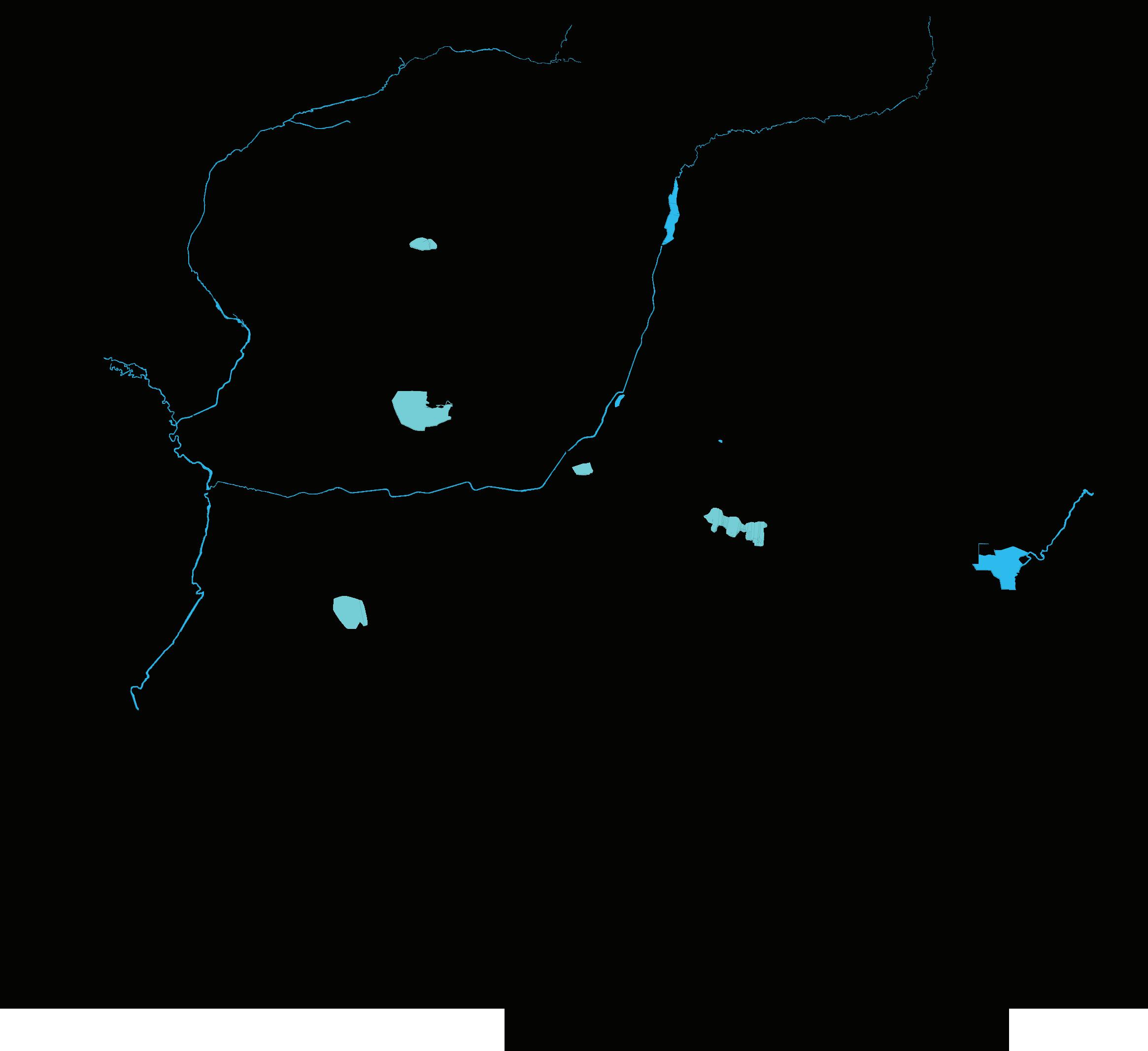 Reserves River
Reserves River
Highschool University Dormitories
Specialized institutes
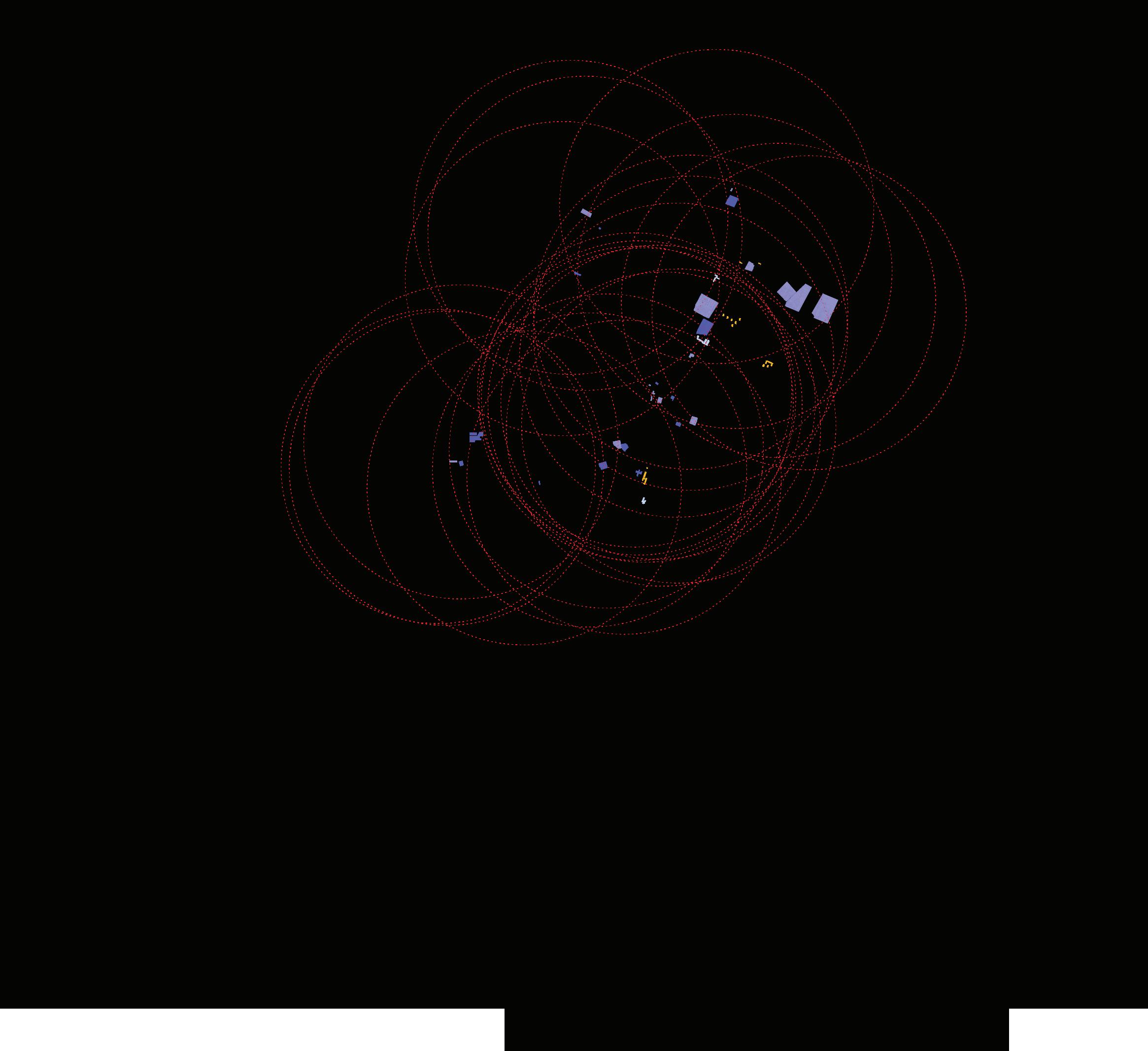
Primary/Secondary schools
20 min walking radius from schools
Shopping mall
Bars/Pubs/Clubs
Shopping street
Library
Cultural sites

Sports facilities
Stadium
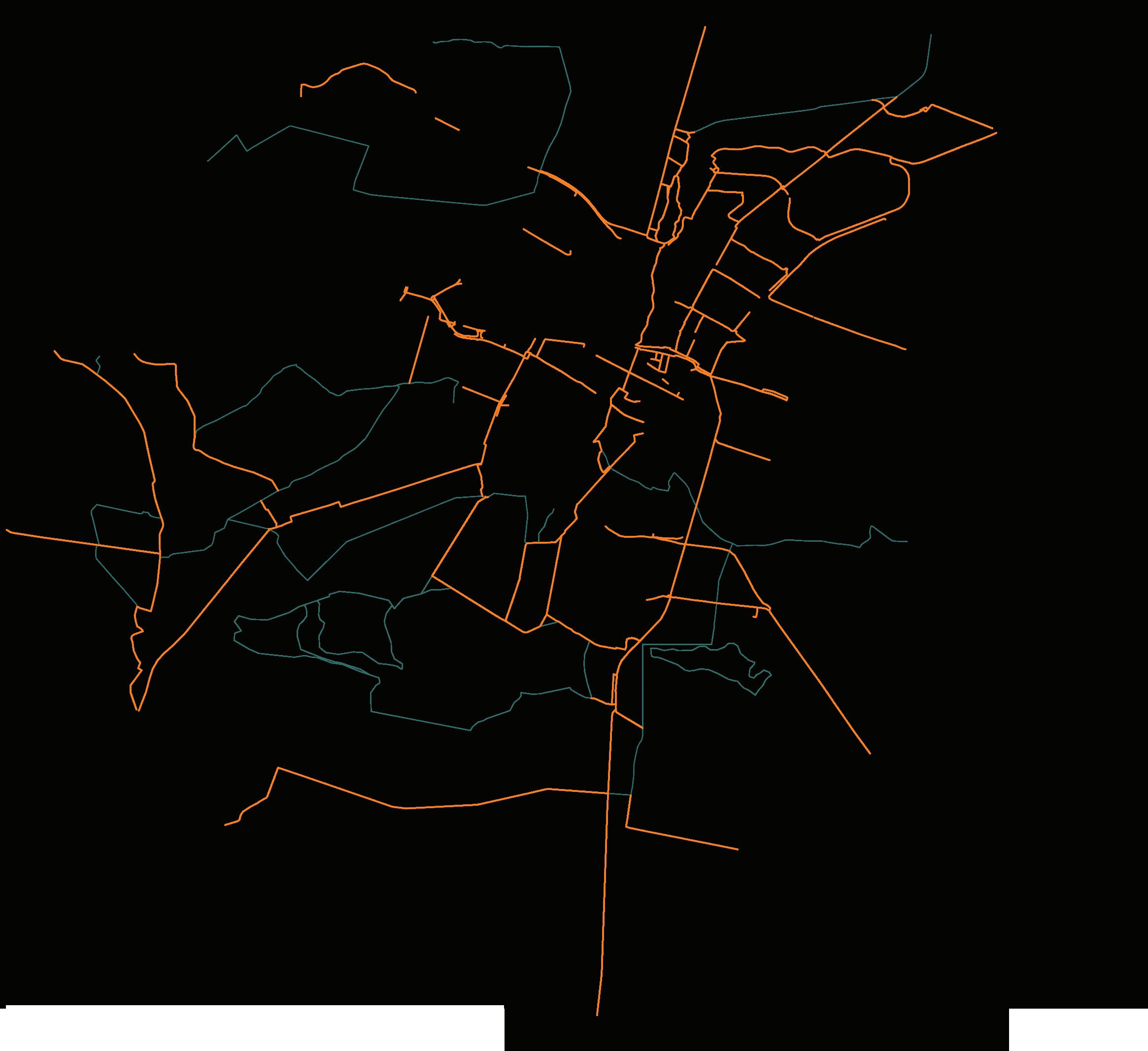 Cycling infrastructure
Cycling trail route
Cycling infrastructure
Cycling trail route
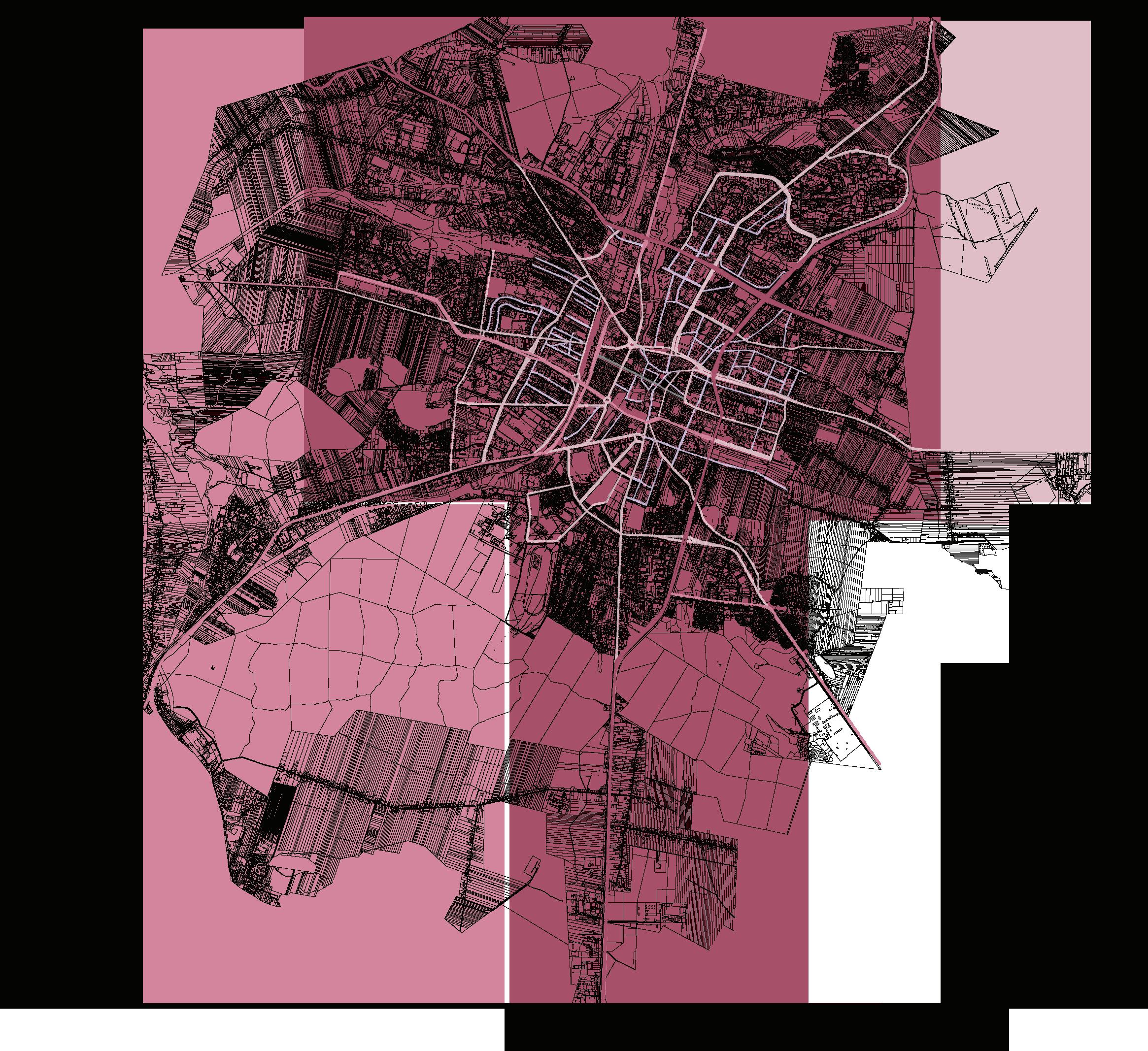

Guarded outdoor parking
Parking building
Wild parking
Parking building
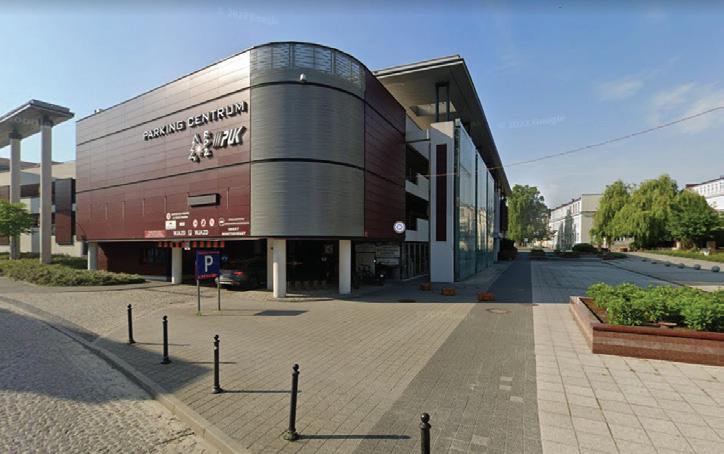
Guarded outdoor parking
Parking square
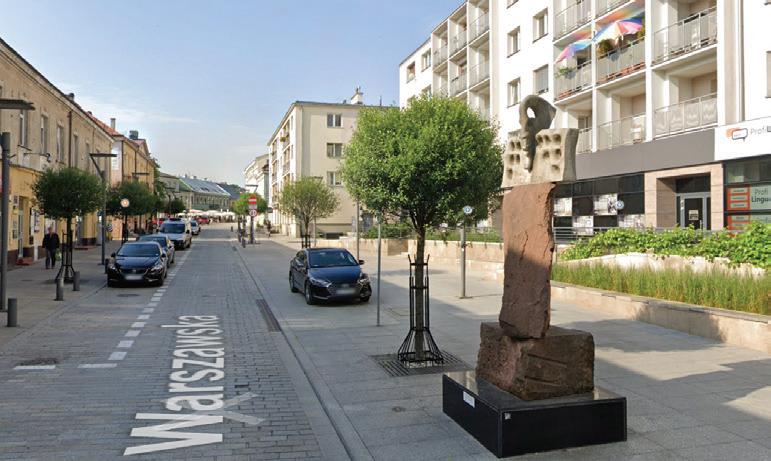
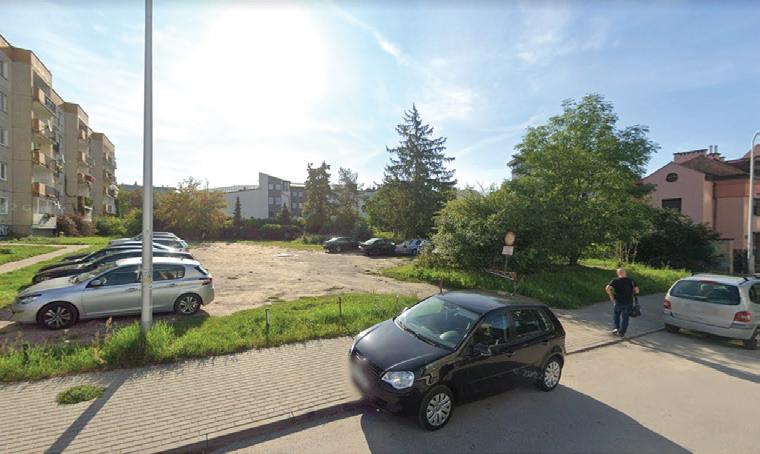
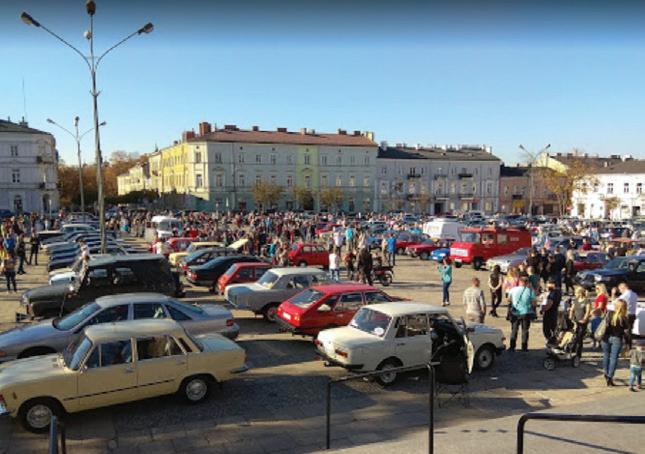
Outdoor parking
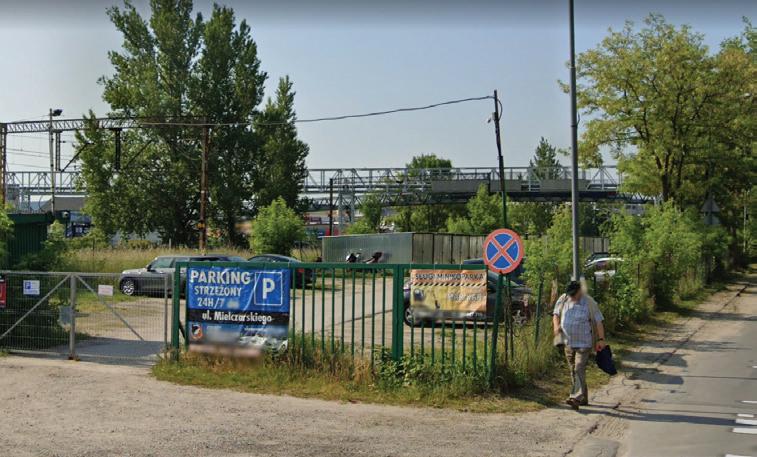
Wild parking
On-street parking
On-street parking
Liberty sqyare used as parking space